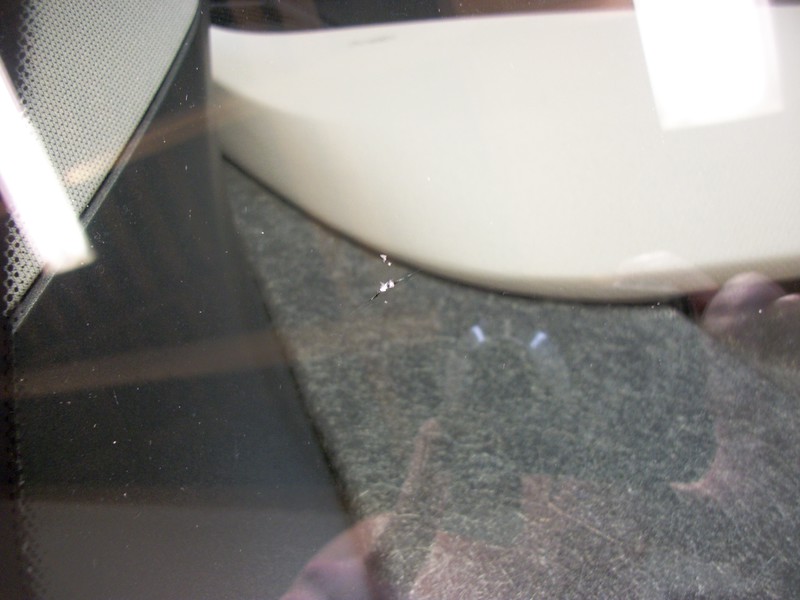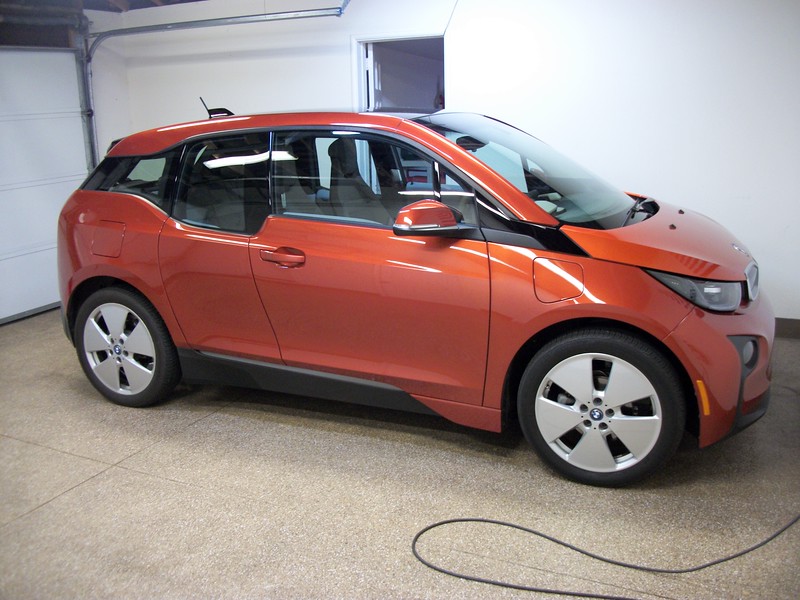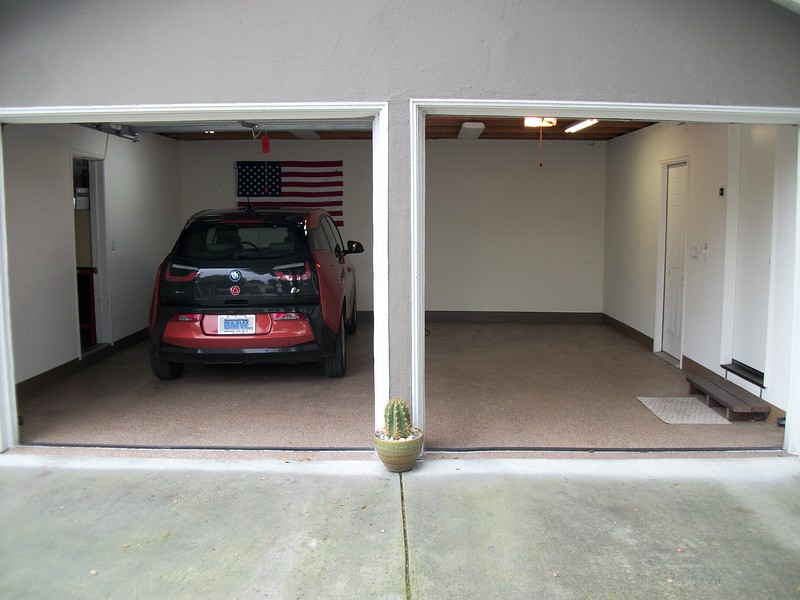Have just joined the forum and the first post I see is one that I have specialist knowledge so I thought I would give something to the forum first.
Altough I am in the UK many of the things apply equally to the USA. Generally speaking all the pictures shown are repairable damage to a competent windscreen (windshield) repairer but the cost of fitting glass to cars is so expensive ( UK BMW dealers charge about £900 for a replacement of which £600 is labour ) that extreme commercial pressure and tried and tested industry tricks are used to gain this lucrative revenue by international players in an unregulated an unethical industry with sales volume driven through the insurance industry.
Most people with screen damage will turn to their insurer to solve glass problems and insurers now outsource this function to the big glass companies who will handle the calls and answer the phone in the name of the insurer so any advice given is highly biased and often misleading and designed to maximise revenue for the glass companies. We now have a situation in the industry where the Cookie Monster is in charge of the cookie jar! Companies like Safelite dominate the market place but they will manage the incoming enquiry to maximise replacements by putting many fictitious barriers in the way of actually doing a repair for example telling customers that many types of damage can't be repaired due to chip type, size and position on the screen when they actually can. For example the chip picture posted by EVMAN would be refused because " it's too close to the edge"'which is obviously nonsense. It should be able to be repaired and not be noticed by any inspector from a lease company on hand back. ( We do this all the time)
Increasingly due to bigger excesses ( deductibles ) and poor quality repairs and the trick of making windscreen damage push up future premiums by the insurers, customers are looking outside the nominated suppliers to get this problem solved. THIS IS PARTICULARLY IMPORTANT ON THE BMW i3 because of the carbon fibre body that can be sliced through in seconds by the "cheese wire" or oscillating knife tool normally used to cut out glass from the body of normal cars. This is such a risk that BMW have developed a glass removal system that uses a nylon type cord instead of the metal type to reduce the risk. Be under no illusion if an untrained windscreen fitter from an insurer tries to fit glass in a BMW i3 and slices through the bodywork IT WILL WRITE OFF YOUR CAR! However because any damage if this type is hidden by the glass they can just squirt some extra glue in it and you will be none the wiser

YOU ARE NOT GUARANTEED TO GET AN ORIGINAL MANUFACTURERS SCREEN EITHER, in order to maximise profits the glass companies make their own screens or import fake parts from abroad.
On a steel bodied car this just scratches the aperture and it eventually rusts after the original owner gets rid of the car but on the CFRP this damage could go unnoticed and have structural implications affecting impact absorption, roll over strength, airbag deployment and chassis stiffness as the screen is used as a structural member of the vehicle chassis in modern cars. Modern windscscreens are all laminated now despite side glasses being toughened ( answer to question posed by poster Gif ) and it is true to say that the pressure exerted by the repair system used by most insurer nominated suppliers WILL cause it to crack BECAUSE ITS DESIGNED THAT WAY! They will even get you to sign a disclaimer before working on your car so you have no come back if it "accidentally cracks" ! So beware of that cute little scam also. A professional repairer will do about half a dozen repairs a day and crack about one a year! Less than 0.07 % failure rate.
So my advice would be to be NOT TO GO THROUGH INSURANCE but instead seek out an experienced specialist repair company ( Not a replacement company and not a supermarket car park trawler ) who regularly does prestige vehicles. In the US Novus are respected ( as the inventors of the repair process ) as are Glas Weld and Ultra Bond.
You are welcome to PM me for advice regarding any aspect of screen damage or the subjects raised here. As a new poster I can't yet post pictures or vids but ironically my I3 will shortly need a new screen and so I will share my experience ...







